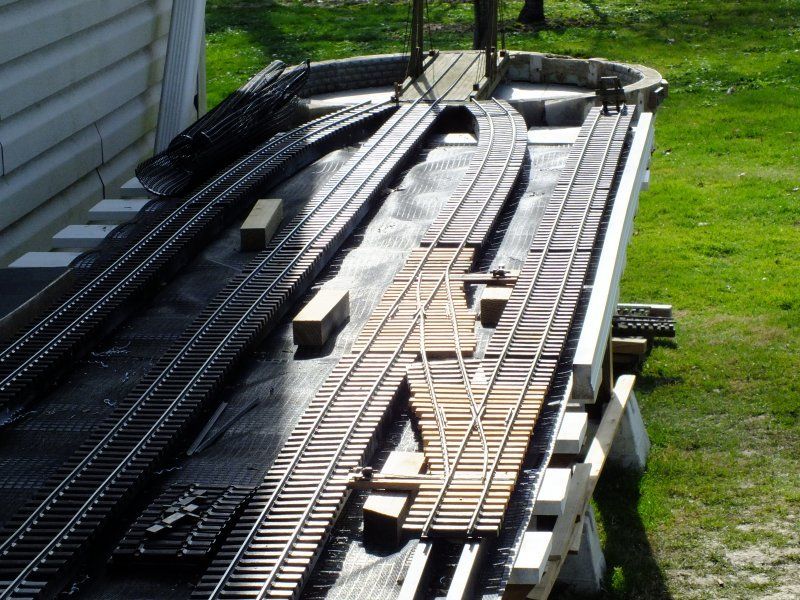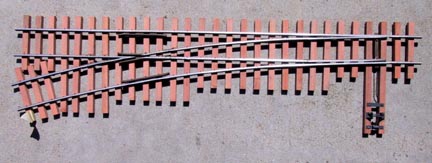I am looking to start putting in some turnouts and was looking at making some #5 turnouts as I have full size drawings for them. I noticed that when I layed them out they are just slightly longer and have less of a curve in the transistion between track than using two 22.5 degree turnouts which I think has the same radius as a 4 foot radius (or 8 foot diameter curve track). If this is correct would a 22.5 degree turnout be a #5 or is it a #4 turnout. I think that a #6 turnout are 19 degrees and are far too long for my space requirements and as I understand are used with 10 foot radius curves.
Can anyone shed some light on this. I had thought about using a couple of the 22.5 degree turnout to make the crossover, but not sure my 1:20.3 2-8-0 consolidations will have problems going through them.
Dan S.


